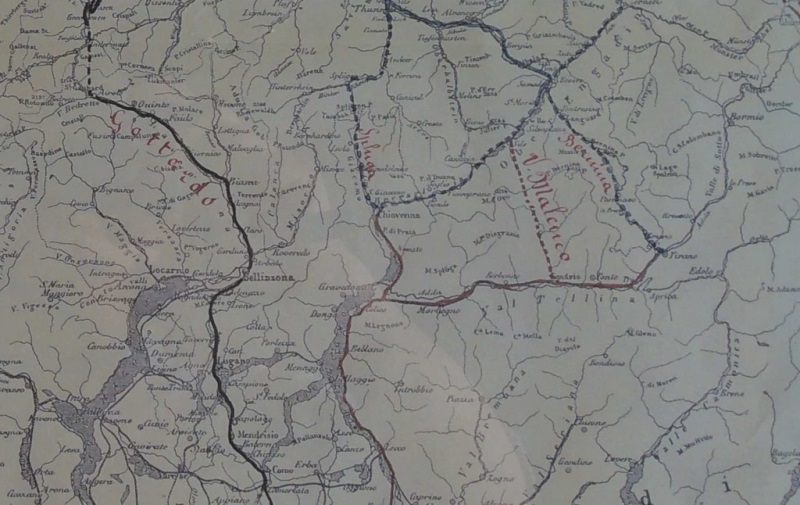Given the unquestionable advantages the line would have given in a short time, we can only wonder why the project was abandoned:
a first reason could have been of a strictly economic order, given the cost per kilometre (calculated as LIRA 339,622.64 per km)
to construct the line was practically triple the cost of the Sondrio-Tirano (LIRA 119,056),
and certainly above that of the line of the Val Brembana (LIRA 232,194.50), close to the expense to build the Albula (LIRA 300,000).
However, the main reason which led to the project being set aside was the proposal made almost simultaneously by the company, Forze Motrici Brusio
, founded in 1904 to exploit water power in Campocologno, which offered RhB
a regular supply of electricity at more advantageous prices.
This attractive offer, together with the need to also adequately connect the Valposchiavo to the rest of the Canton
, was probably the decisive element, which led to the decision in 1906 to commence work for the narrow gauge railway,
which connects Tirano with St. Moritz: the work had already been completed by 1910, and the double use for tourist and commercial trade guaranteed the railway line's immediate success.
At this point, the Grigioni Canton had no valid reason to want to connect with the Kingdom of Italy via the Valmalenco.
 Projects for the Gottardo, Spluga, Valmalenco and Bernina railways (Detail taken from Karte der Schweiz)
Projects for the Gottardo, Spluga, Valmalenco and Bernina railways (Detail taken from Karte der Schweiz)
Although we have highlighted the technical and economic aspects of these projects above all, it would, however, be wrong not to mention, albeit briefly, the impact on the landscape these railway projects had or could have had on the environment they crossed.
As regards the projects actually completed, the infrastructures which feature along the RhB line are rightly considered a good example of how to integrate the natural environment and engineering structures.
The bridges and the tunnels in local stone of the Bernina line are an excellent blend of aesthetic (a plain, slightly abstract Heimatstil) and practical qualities (the material was found in situ and left almost in its natural state), and appeared to try and reflect the surrounding landscape.
Obviously we will never know whether the Valmalenco line would have followed this example, although it quite possibly would have done:
Orsatti actually extolled the beauty of the Alpine environment the train would have crossed -
"the deep Valmalenco and the peaks of Disgrazia, and the other entrance open to the north at the foot of the Cappuccio glacier overlooking the green carpet of the Fez clearing, which has no equal among the panoramas of Pontresina and Maloja”
– and which must be preserved at all costs.